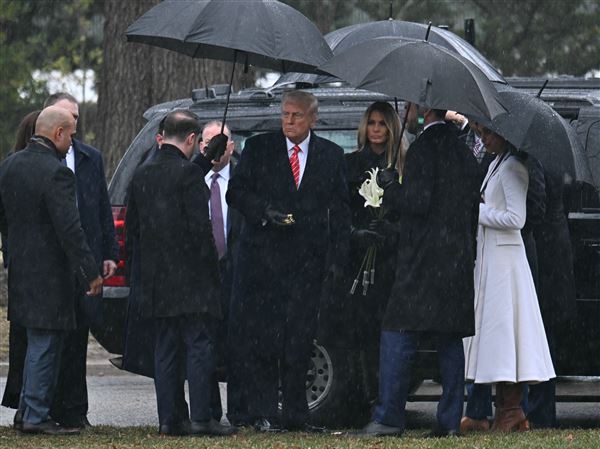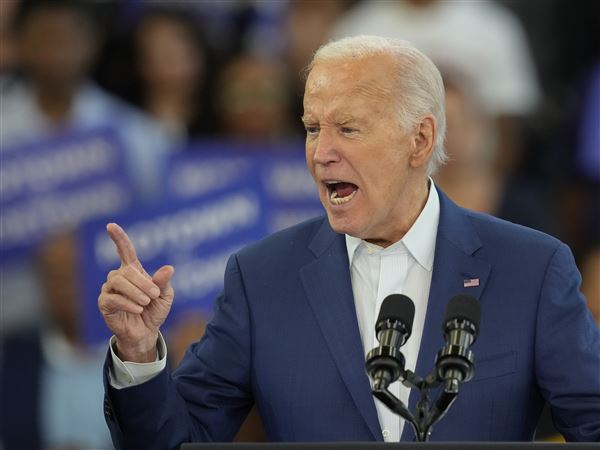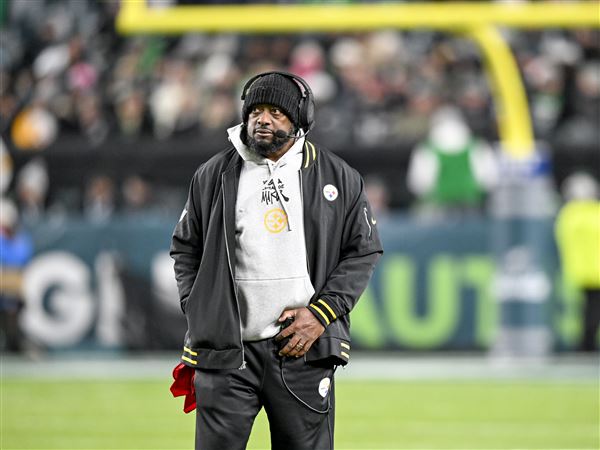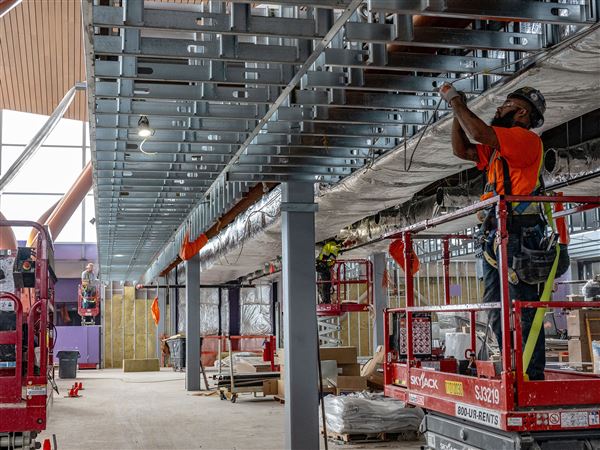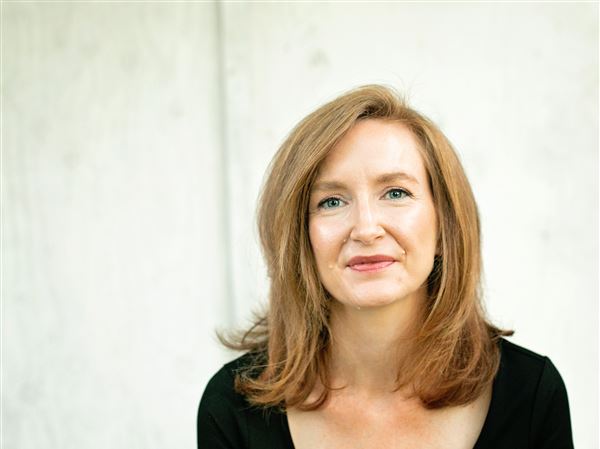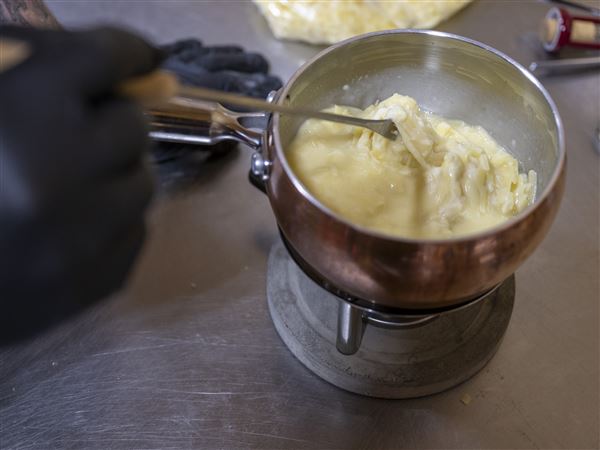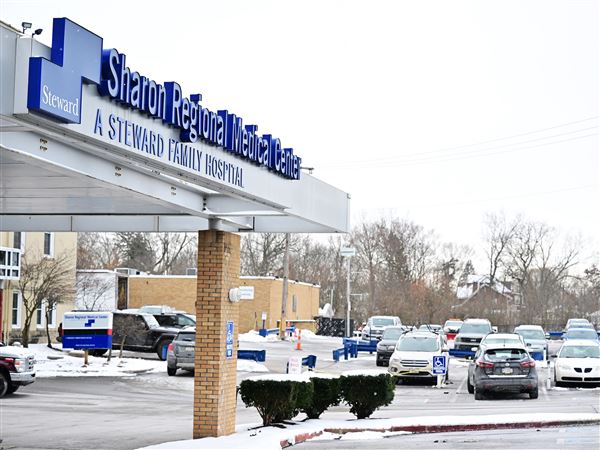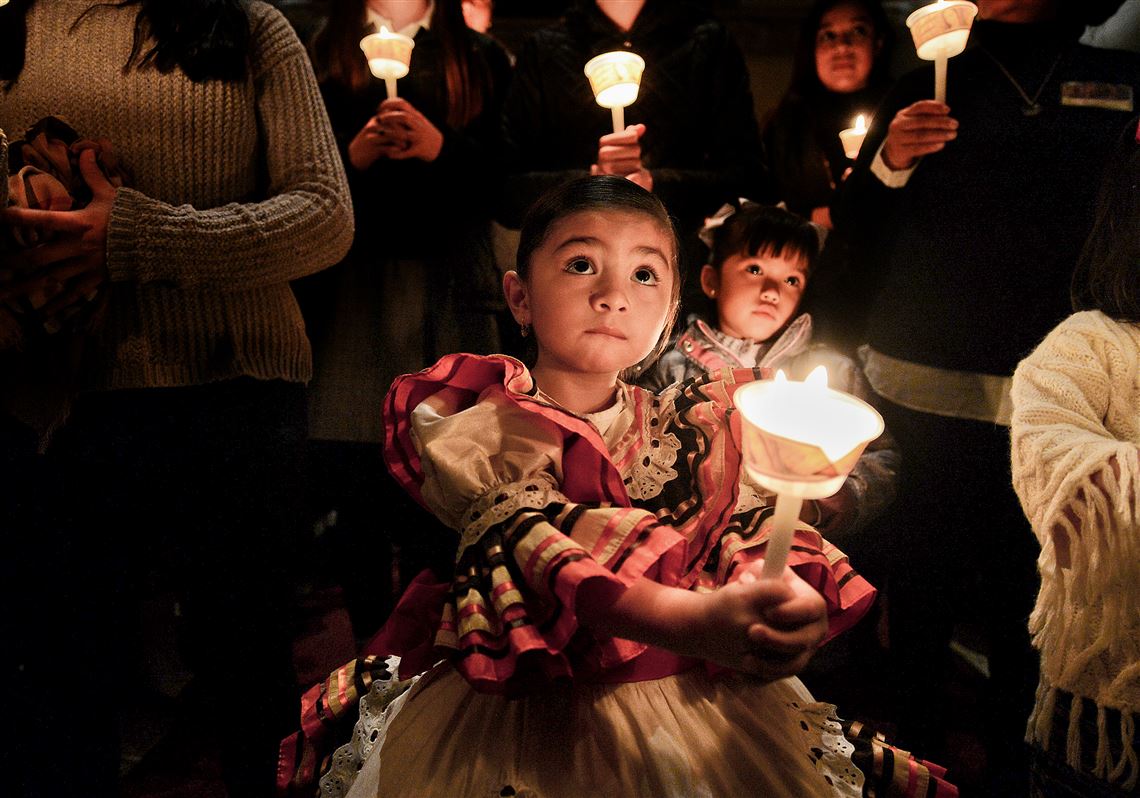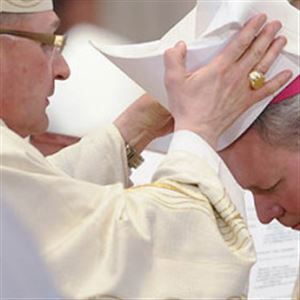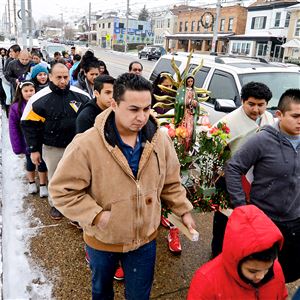Children lined the main aisle of St. Paul Cathedral in Oakland, wearing native costumes from Latin America and holding aloft the flags of its lands.
Exuberant trumpet melodies from a mariachi-style band opened up the Monday evening Mass as a procession of worshippers came in, carrying a tapestry of Our Lady of Guadalupe. Then the lights dimmed, except for the glow of candles and of cell phones seeking to capture the moment, as others bore a statue of the same image surrounded by red roses.
For one night, the cathedral of the Roman Catholic Diocese of Pittsburgh reverberated with joyous shouts of “Viva!” to Our Lady of Guadalupe, named for what the faithful believe was a pivotal 16th century apparition of the Virgin Mary near present-day Mexico City. Monday was the feast day of Our Lady of Guadalupe, the patroness of Mexico and the Americas.
For all the festive atmosphere, though, Pittsburgh Bishop David Zubik spoke about the undercurrent of anxiety within the largely immigrant Latino populations here and elsewhere.
“The church in the United States has always opened its doors to our immigrants,” said Bishop Zubik, reading a Spanish text and then its English translation.
Bishop Zubik, himself descended from Polish and Slovak immigrants, said he “could only be here because our church and our country welcomed my grandparents so many years ago.”
Many immigrants have voiced fears over President-elect Donald Trump’s promises to deport immigrants here without legal status. They fear moves that could separate parents from their American-born children as well as uproot people who have lived and worked here for years.
“More than a few of you are worried about your future,” Bishop Zubik said. “But be assured the church of Pittsburgh and I as your bishop support you.”
He offered prayers that Congress and the president would work toward “immigration reform that is both compassionate and just.”
The U.S. Conference of Catholic Bishops asked Catholics around the United States to highlight the plight of migrants and refugees on the feast day.
According to tradition, the Virgin Mary appeared to an Aztec peasant, Juan Diego, in 1531, inspiring the conversions of many indigenous peoples in Mexico to Catholicism. The late Pope John Paul II recognized Juan Diego as a saint in 2002.
The cathedral celebration draw several hundred worshipers. Many were from small but growing Hispanic populations in Allegheny and surrounding counties. Others had no Latino roots but were learning the new devotions.
For Lizbeth Garcia of Dormont, the feast day had special meaning. She and her husband were there with their children, including their infant son wearing a costume from their native Mexico. They had asked the intercession of Our Lady of Guadalupe to be able to conceive a child, and they plan to bring him each year to such services in gratitude.
“For us to be able to enjoy [the feast day] especially here in Pittsburgh, it has a lot of meaning,” she added.
Peter Smith: petersmith@post-gazette.com or 412-263-1416; Twitter @PG_PeterSmith.
First Published: December 13, 2016, 5:01 a.m.
